This iconic landmark is the image that comes to mind whenever the city of Paris is mentioned.
Eiffel Tower
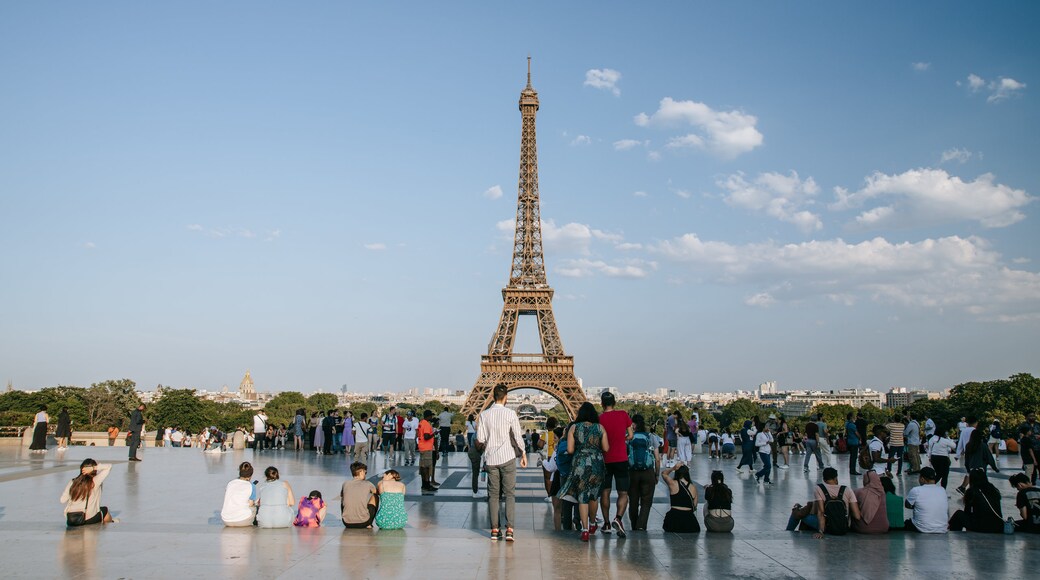
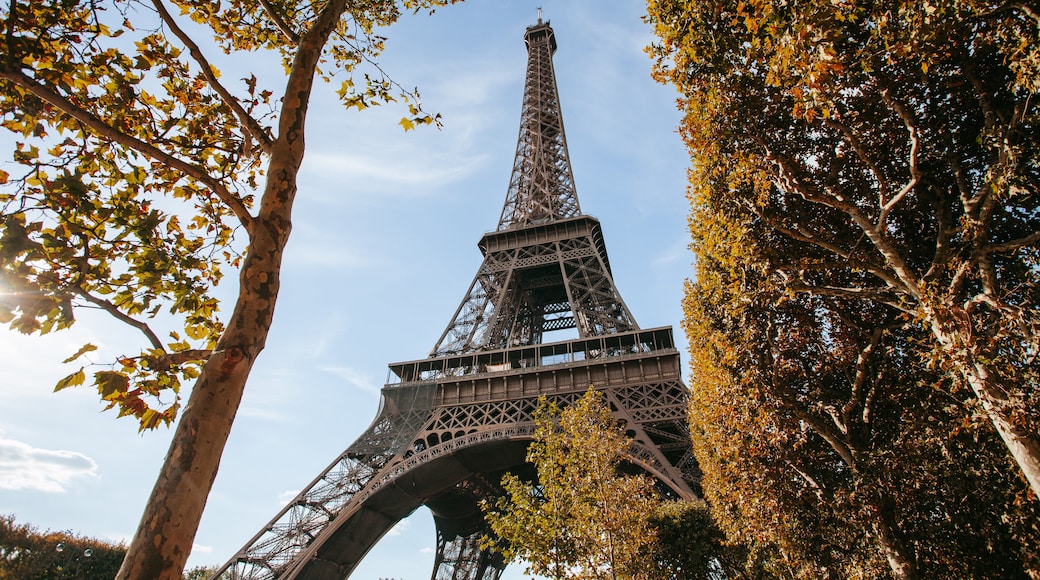

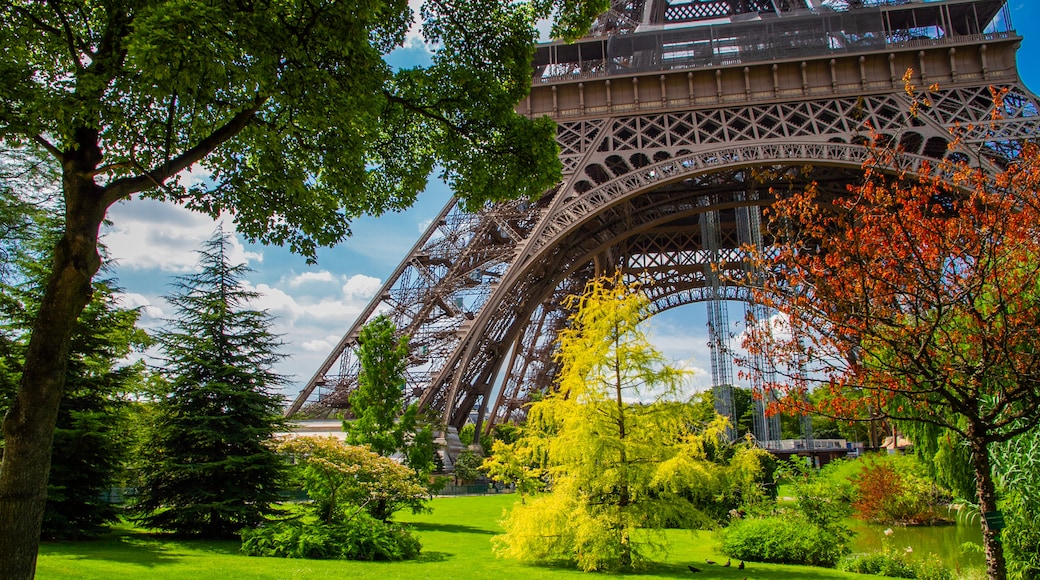

Visit Eiffel Tower
Reviews of Eiffel Tower
4.4
Top destination
5/5 - Excellent
Verified traveller
Go straight to the top and work your way down. Have euros change if you want to buy souvenir medallions.
5/5 - Excellent
Verified traveller
Be there after sunset when lit up and for light display for first 5 mins of the hour.
4/5 - Good
Kasie
Couldn’t get to top on our visit doing renovations
4/5 - Good
Debbie
Unfortunately the summit was closed, but a great view and experience from the second floor nonetheless.
4/5 - Good
Verified traveller
Book EARLY or you won't get to the top
3/5 - Okay
Verified traveller
Was closed because of the general strike!
Popular places to visit
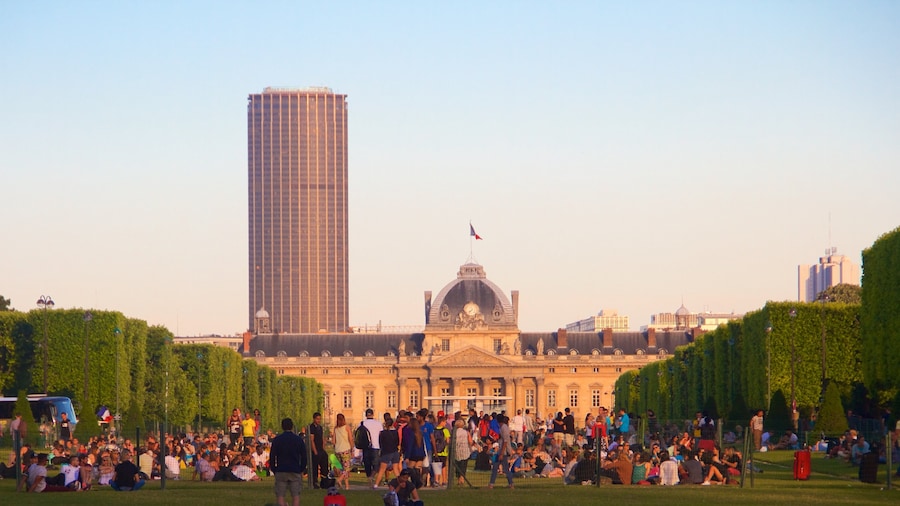
Champ de Mars
Experience one of the most idyllic parts of Paris in this grassy park in the shadow of the Eiffel Tower.
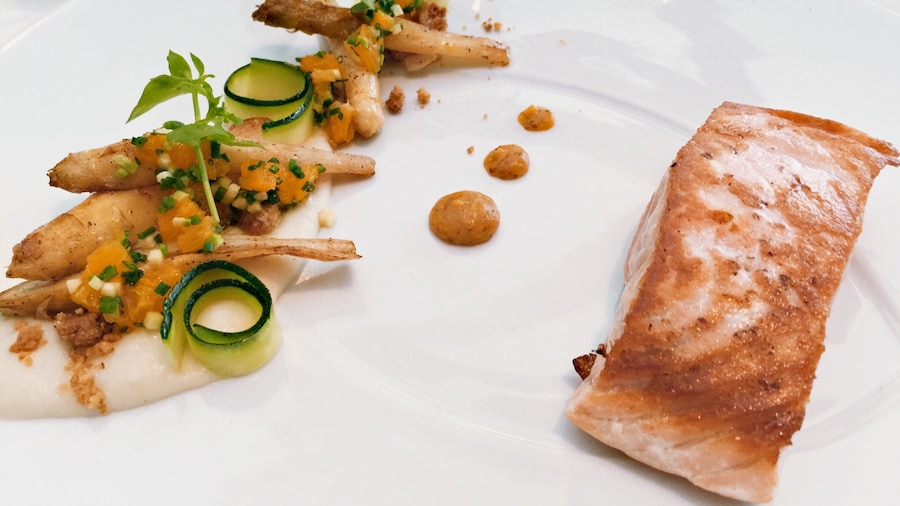
Quai Branly Museum
You can spend time exploring the galleries in Quai Branly Museum during your trip to Paris. Visit the stunning cathedral and notable monuments in this vibrant area.
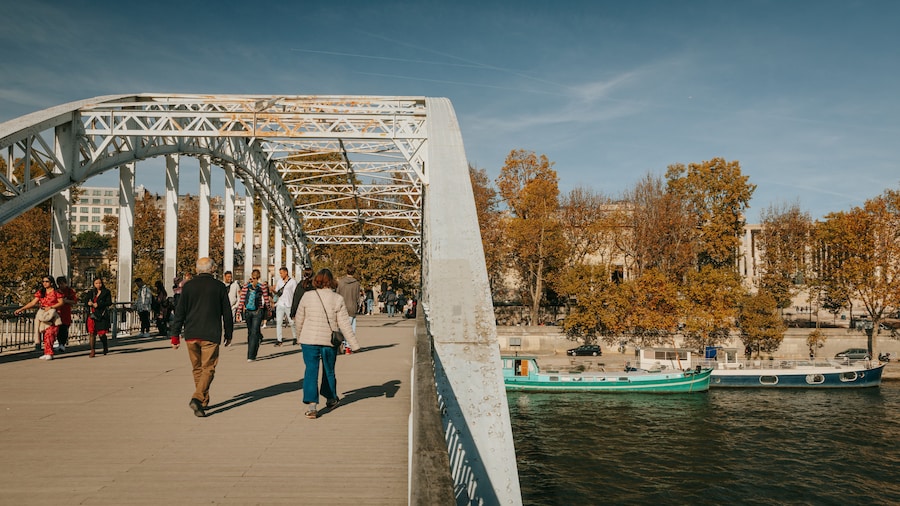
Passerelle Debilly
You can find out about the history of Paris with a trip to Passerelle Debilly. Experience the acclaimed art galleries and fascinating museums in this vibrant area.
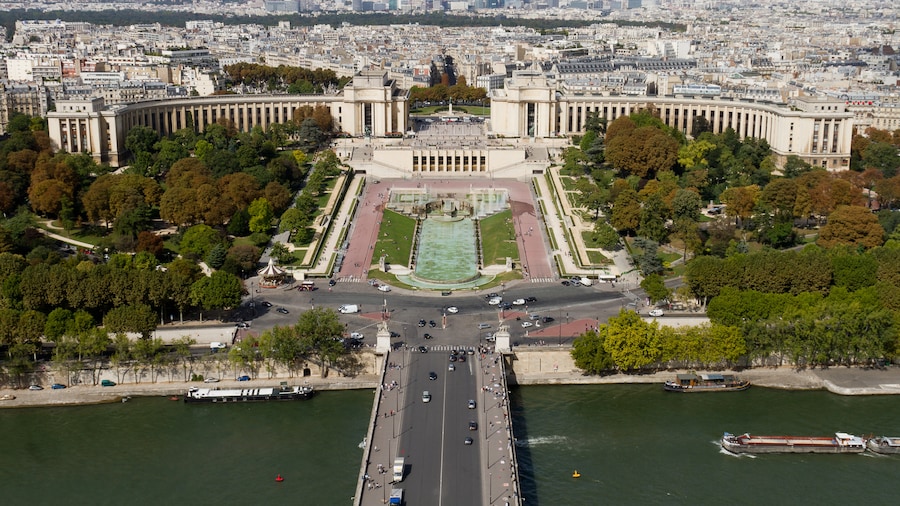
Trocadéro Gardens
Explore the great outdoors at Trocadéro Gardens, a lovely green space in Paris. Discover the charming cafes in this romantic area or seek out the local tours.
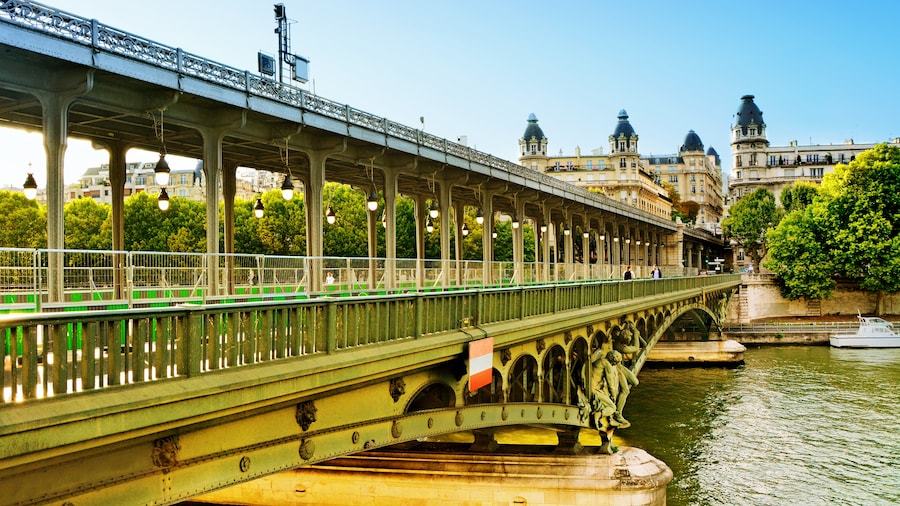
Pont de Bir-Hakeim
You can find out about the history of Paris with a stop at Pont de Bir-Hakeim. Make time for the notable monuments and local tours in this vibrant area.

Palais de Chaillot
Located in a highly visited area, this spot holds a lot of interest. Approach it from the right direction for an unforgettable moment.
Top Hotel Deals
Check availability on hotels close to Eiffel Tower

Pullman Paris Tour Eiffel
18 avenue de Suffren Paris Paris

Eiffel Rive Gauche
6 Rue Du Gros Caillou Paris Paris

Mercure Paris Centre Tour Eiffel
20 Rue Jean Rey Paris Paris

Hotel du Cadran
10 Rue Du Champ De Mars Paris Paris

Aparthotel Adagio Paris Centre Tour Eiffel
14 Rue Du Theatre Paris Paris
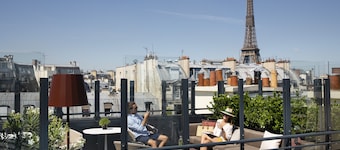
Rayz Eiffel
77 avenue bosquet Paris

Hôtel de La Paix Tour Eiffel
19 Rue Du Gros Caillou Paris Paris

Eiffel Edge Escape (30 mètres de la Tour Eiffel)
65 Quai Jacques Chirac Paris Paris

Novotel Paris Centre Tour Eiffel
61 Quai De Grenelle Paris Paris
Lowest nightly price found within the past 24 hours based on a 1 night stay for 2 adults. Prices and availability subject to change. Additional terms may apply.
Explore a world of travel with Expedia
- Cheap Hotels in 15th Arrondissement
- Luxury Hotels in 16th Arrondissement
- 16th Arrondissement Hotels
- Cheap Hotels in 7th Arrondissement
- Business Hotels in 7th Arrondissement
- Spa Hotels in 7th Arrondissement
- 7th Arrondissement Hotels
- Cheap Hotels in 8th Arrondissement
- Hotels with a Bar in 8th Arrondissement
- Hotels near Alma-Marceau Station
- Hotels near American Cathedral in Paris
- Hotels near American University of Paris
- Hotels near Arc de Triomphe
- Hotels near Avenue Georges V
- Hotels near Avenue Montaigne
- Hotels near Beaugrenelle
- Hostels in Bir-Hakeim Station
- Hotels near Bir-Hakeim Station
- Hotels near Champ de Mars
- Aparthotels in Champs-Élysées - Clemenceau Station
- Boutique Hotels in Champs-Élysées
- Cheap Hotels in Champs-Élysées
- Green Hotels in Champs-Élysées
- Hotels Suites in Champs-Élysées
- Hotels with Connecting Rooms in Champs-Élysées
- Hotels with Restaurant in Champs-Élysées
- Hotels with Balcony in Champs-Élysées
- Luxury Hotels in Champs-Élysées
- Champs-Élysées Hotels
- Hotels near Comedie Tour Eiffel
- Hotels near Dupleix Station
- Hotels near École Militaire
- Hotels near Ecole Militaire Station
- Hotels near Eiffel Tower
- Hotels near Franklin D. Roosevelt Metro Station
- Hotels near Galeries Lafayette Champs-Élysées
- Hotels near Grand Palais Éphémère
- Cheap Hotels in Grenelle
- Historic Hotels in Grenelle
- Hotels Suites in Grenelle
- Grenelle Hotels
- Hotels near Hôtel de la Païva
- Farmstay in La Motte-Picquet - Grenelle Station
- Hotels near La Motte-Picquet - Grenelle Station
- Hotels near Les Invalides
- Cheap Hotels in L'Europe
- Hotels with Connecting Rooms in L'Europe
- Hotels near Lido
- Hotels Suites in Madeleine
- Madeleine Hotels
- Hotels near Mona Bismarck American Center
- Hotels near Palais de Chaillot
- Hotels near Palais de Tokyo
- Aparthotels in Paris Avenue Foch Station
- Farmstay in Paris Champs de Mars-Eiffel Tower Station
- Aparthotels in Paris Champs de Mars-Eiffel Tower Station
- B&B in Paris Champs de Mars-Eiffel Tower Station
- Guest Houses in Paris Champs de Mars-Eiffel Tower Station
- Holiday Parks in Paris Champs de Mars-Eiffel Tower Station
- Hostels in Paris Champs de Mars-Eiffel Tower Station
- Hotels near Paris Champs de Mars-Eiffel Tower Station
- Inns in Paris Champs de Mars-Eiffel Tower Station
- Lodges in Paris Champs de Mars-Eiffel Tower Station
- Palaces in Paris Champs de Mars-Eiffel Tower Station
- Chalets in Paris Charles de Gaulle - Étoile Station
- Hotels near Paris Charles de Gaulle - Étoile Station
- Hostels in Paris Invalides Station
- Hotels near Paris Invalides Station
- Palaces in Paris Invalides Station
- Aparthotels in Paris Javel Station
- Hotels near Paris Montparnasse 1 Et 2 Station
- Aparthotels in Paris Neuilly-Porte-Maillot Station
- Passy Hotels
- Hotels near Pasteur Station
- Hotels near Place Charles de Gaulle
- Hotels near Place du Trocadéro
- Hotels near Place Vendôme
- Hotels near Pont de Bir-Hakeim
- Hotels near Pont de Grenelle
- Hotels near Pont de l'Alma
- Palaces in Porte Maillot Station
- Quartier des Invalides Hotels
- Hotels near Rodin Museum
- Hotels near Rue Cler
- Hotels near Rue de la Pompe Station
- Hotels near Sevres Babylone Station
- Hotels near Statue of Liberty
- Hotels near Théâtre des Champs-Elysées
- Aparthotels in Trocadéro Station
- Hotels near Trocadéro Station
- Hotels near Victor Hugo Station
- Hotels near Volontaires Station